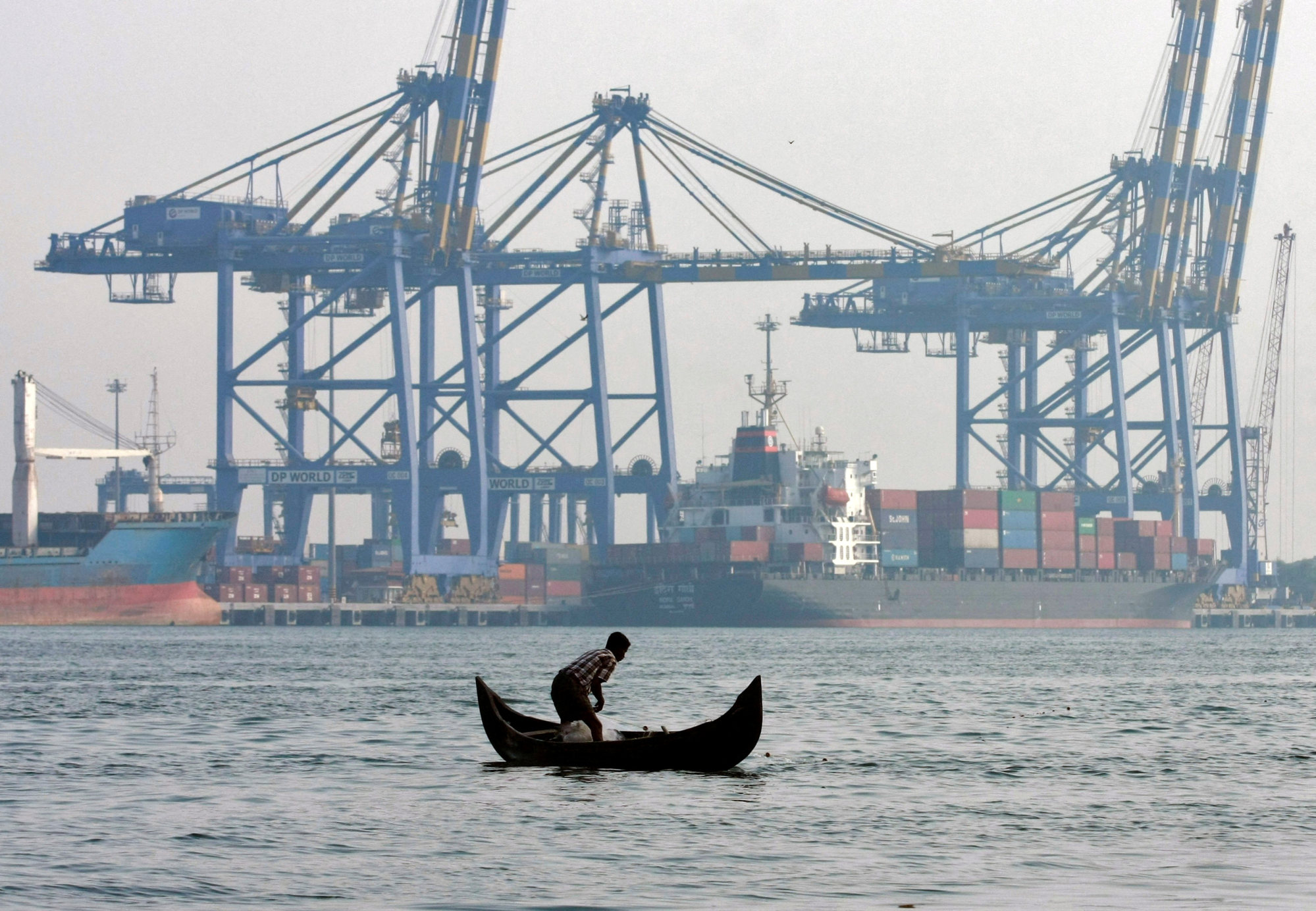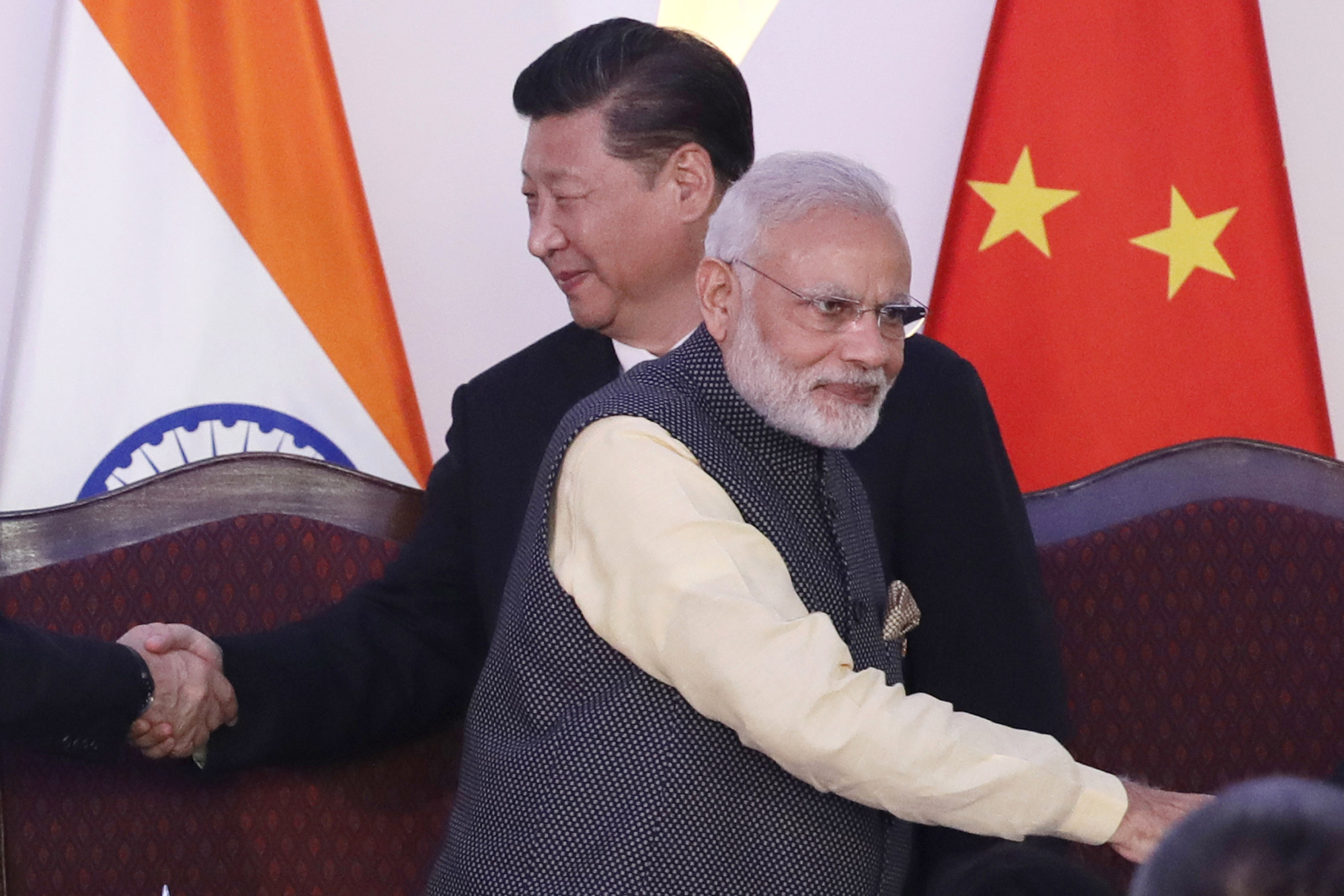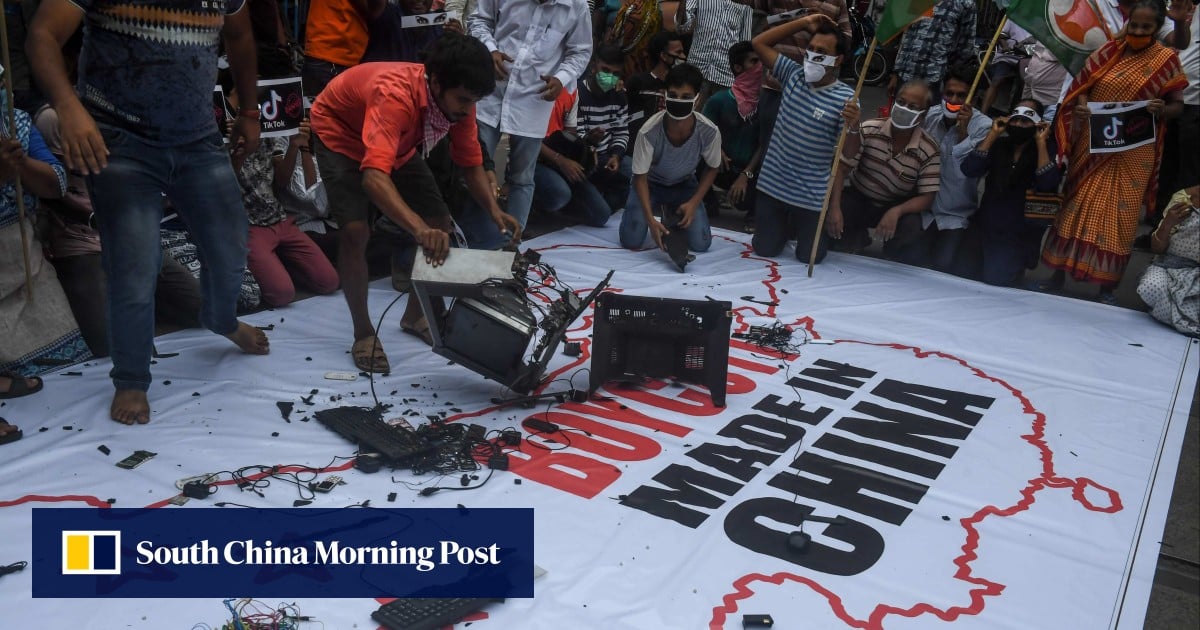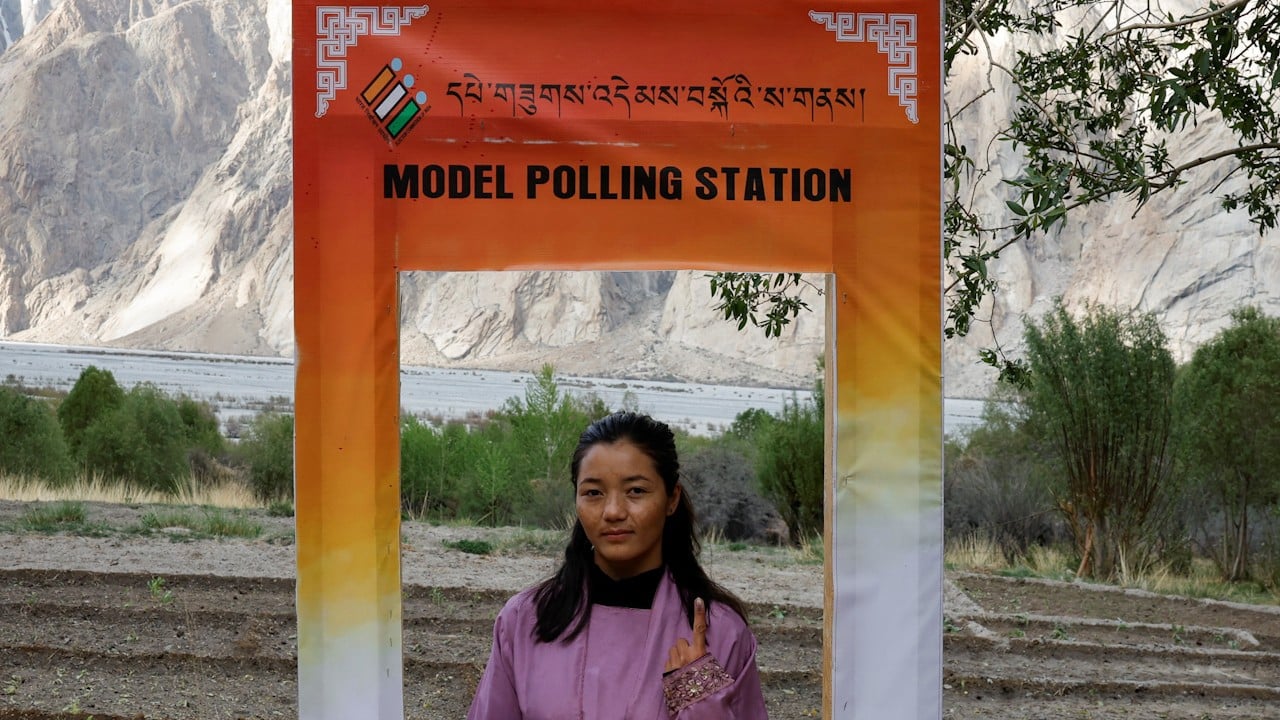
China’s deep integration in global supply chains and its status as a “manufacturing behemoth” with highly developed industrial processes was a key reason for its emergence India’s largest trading partner, said Divya Murali, a research associate at the National University of Singapore’s Institute of South Asian Studies who was speaking in a personal capacity.
“[China] is unquestionably a critical part of global value and supply chains,” she said, adding that the country had been India’s top trading partner seven times over the past decade. The US most recently took the top spot in 2019-2020, 2021-22 and 2022-23.
Data from India’s commerce ministry shows the country’s main imports from China have remained mostly the same over the years, including electrical machinery and equipment, nuclear reactors, boilers, machinery and mechanical appliances and organic chemicals.
But Murali said India had realised the risk of putting all its eggs in one basket and, like other countries, was looking to decouple from China by signing more free trade agreements (FTAs).

India is also “seriously incentivising domestic manufacturing capabilities in critical areas like semiconductors and electric vehicles,” Murali said. “All of these take some time before they start bearing fruit.”
She said India’s decoupling efforts were spurred on by both geopolitical tensions and its unfavourable trade balance with China. According to official data, India posted a US$85 billion deficit in its trade with China in 2023-24.
Murali said India faces a similar dilemma to Japan, which is also in strategic competition with China even as bilateral trade continues to rise. Total trade between Japan and China rose 14.3 per cent to US$335.4 billion between 2021 and 2022, according to the latest available figures released by Tokyo.
“This probably indicates how nations pursue objective decisions even in the face of unfavourable geopolitics and diplomatic relations,” Murali said.
Sriparna Pathak, an associate professor in Chinese studies and international relations at the O.P. Jindal Global University in India, said Delhi had been reducing its reliance on Chinese investment in key sectors after the 2020 border clashes.
India was also partnering with the US in future “game-changer” sectors, including critical minerals, she added.
Given the evolving economic dynamics, Pathak said there was no need to read too much into China’s re-emergence as India’s largest trading partner this year. For instance, the FTA that India signed with the EFTA in March this year is expected to yield benefits in two to three years’ time, according to Pathak. Officials have estimated that the FTA is projected to spur US$100 billion of investments in India.
Pathak said India is also looking to collaborate with Taiwanese tech companies as it seeks to boost its semiconductor manufacturing sector.
India’s increasing economic engagement with the West underlines its intent to ensure that the “aberration” of the 2023-24 trade statistics with China would not recur, Pathak said.

According to the Global Trade Research Initiative report, India may become a “dumping ground” for Chinese products such as electric vehicles and batteries after Washington’s tariff increase.
“This will justify India’s additional tariffs [on China]”, Garcia-Herrero said.
China’s nationalistic Global Times tabloid, in an article published on May 23, accused the US of trying to drive a wedge between China and India to curb their economic cooperation.
“Hopefully, India will not be influenced by the geopolitical games being played by the US,” the article said. “Participating in the geopolitical games of the US and implementing protectionism will cause India to regress in lost economic and trade cooperation.”


